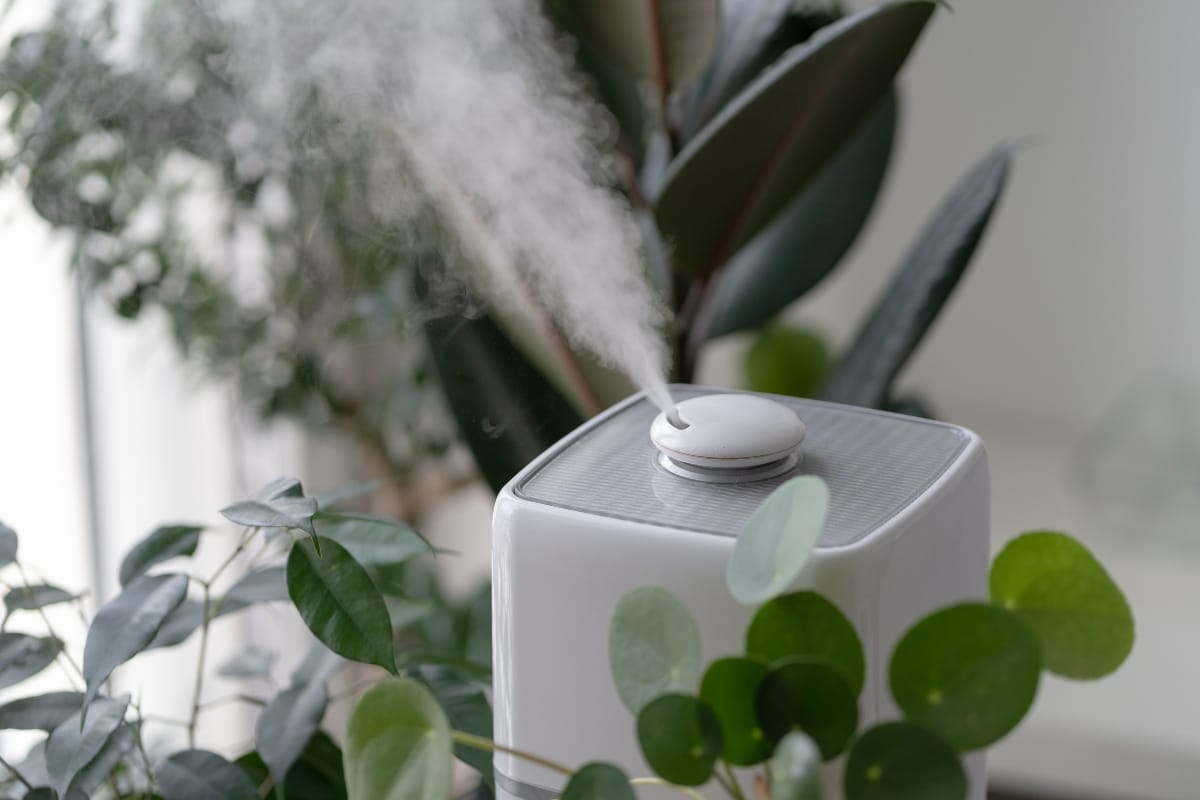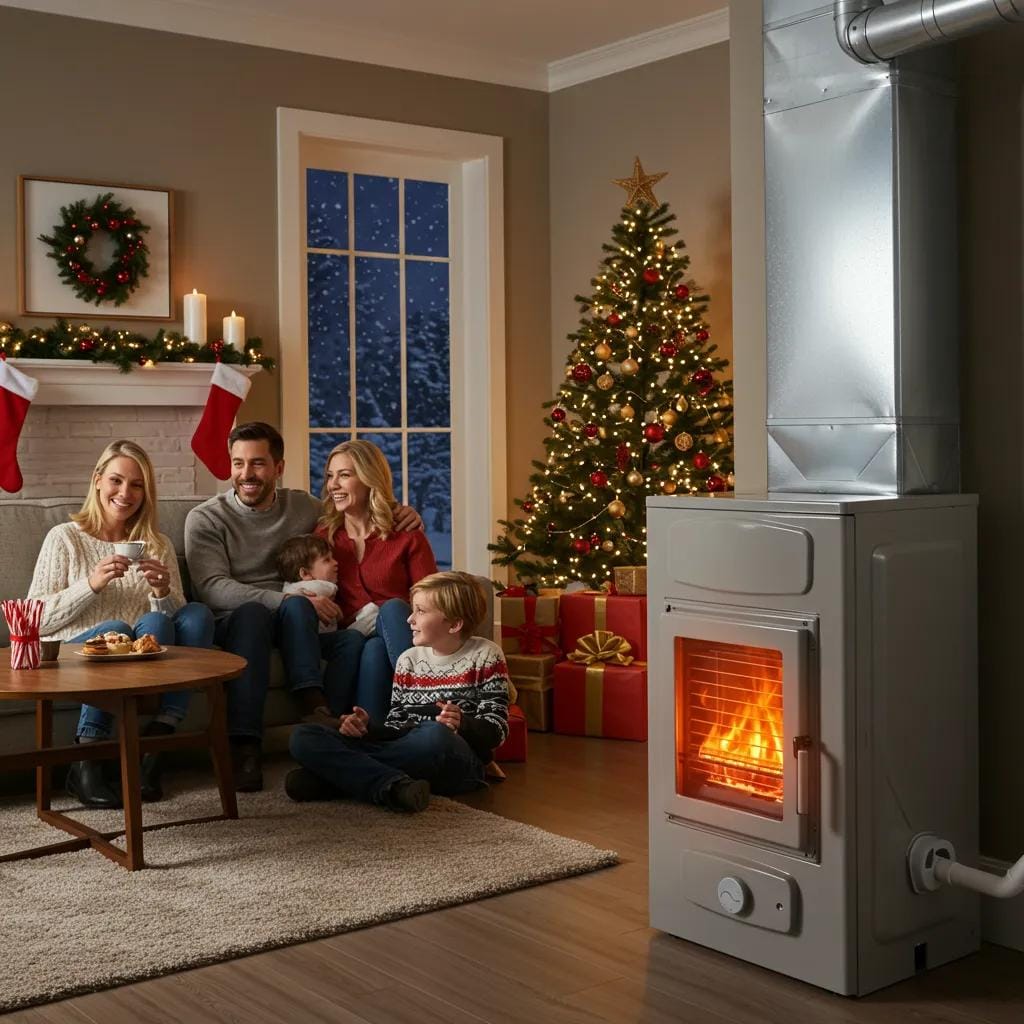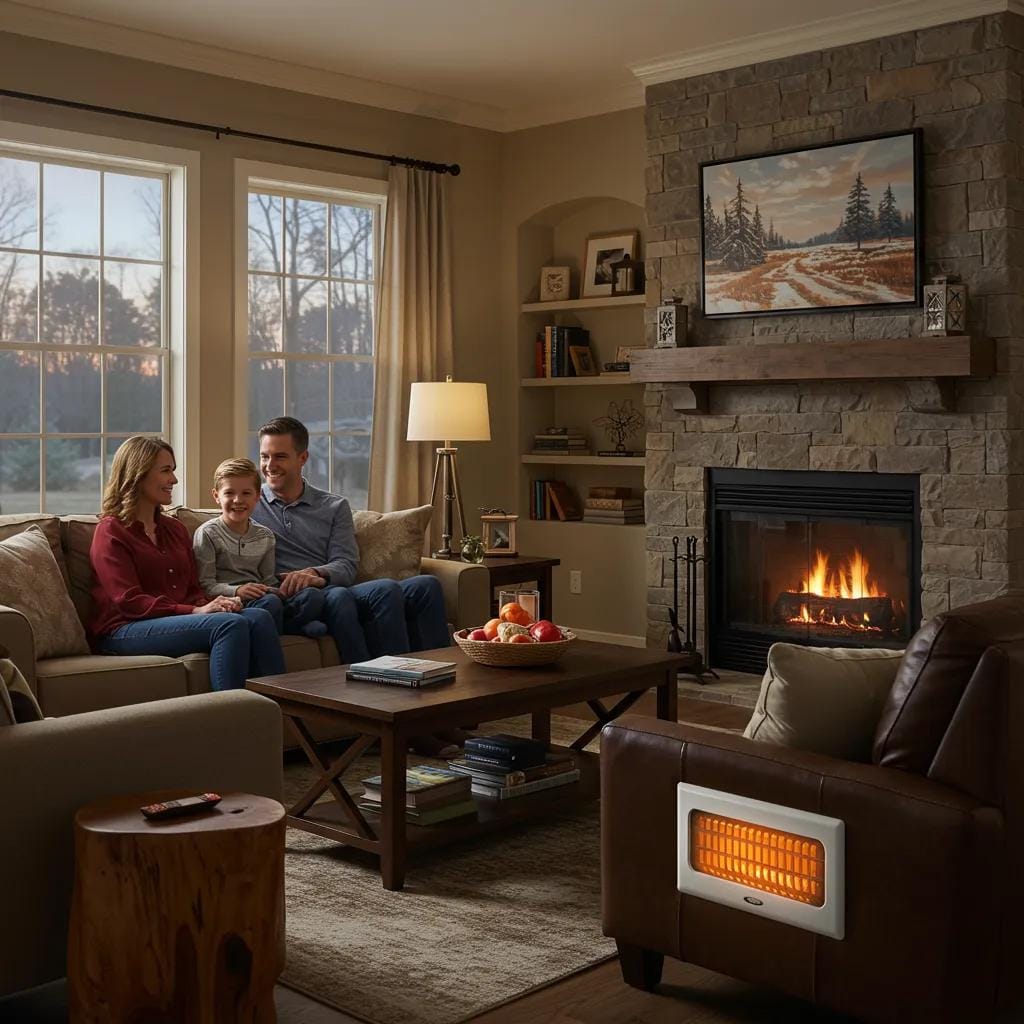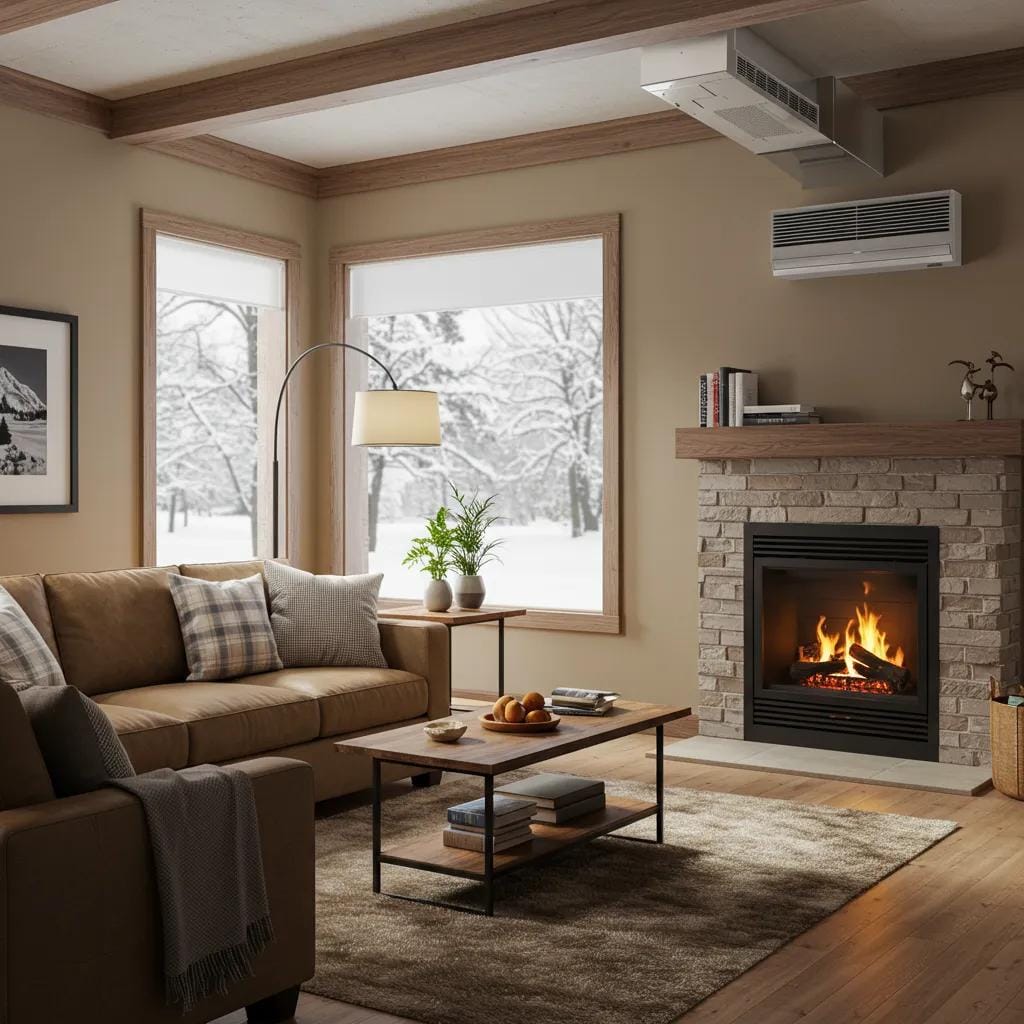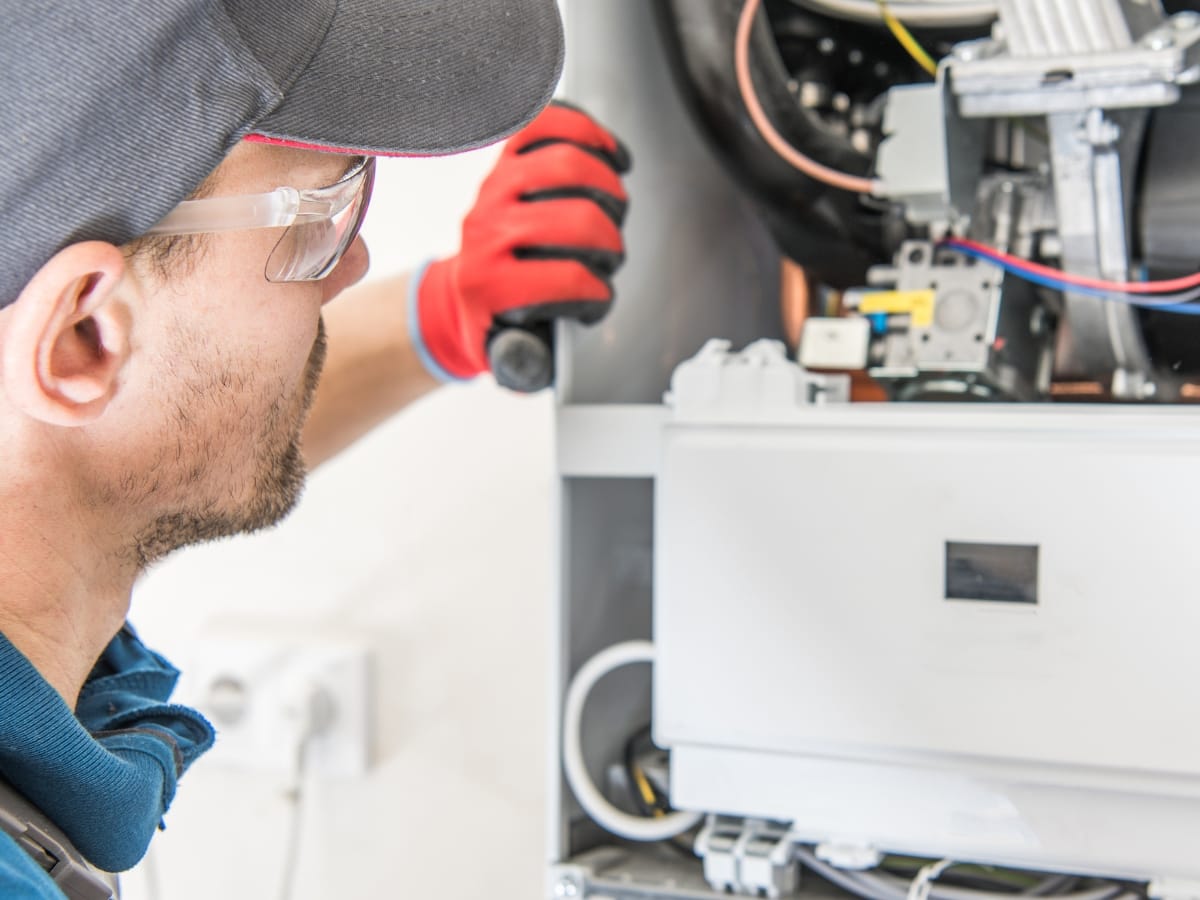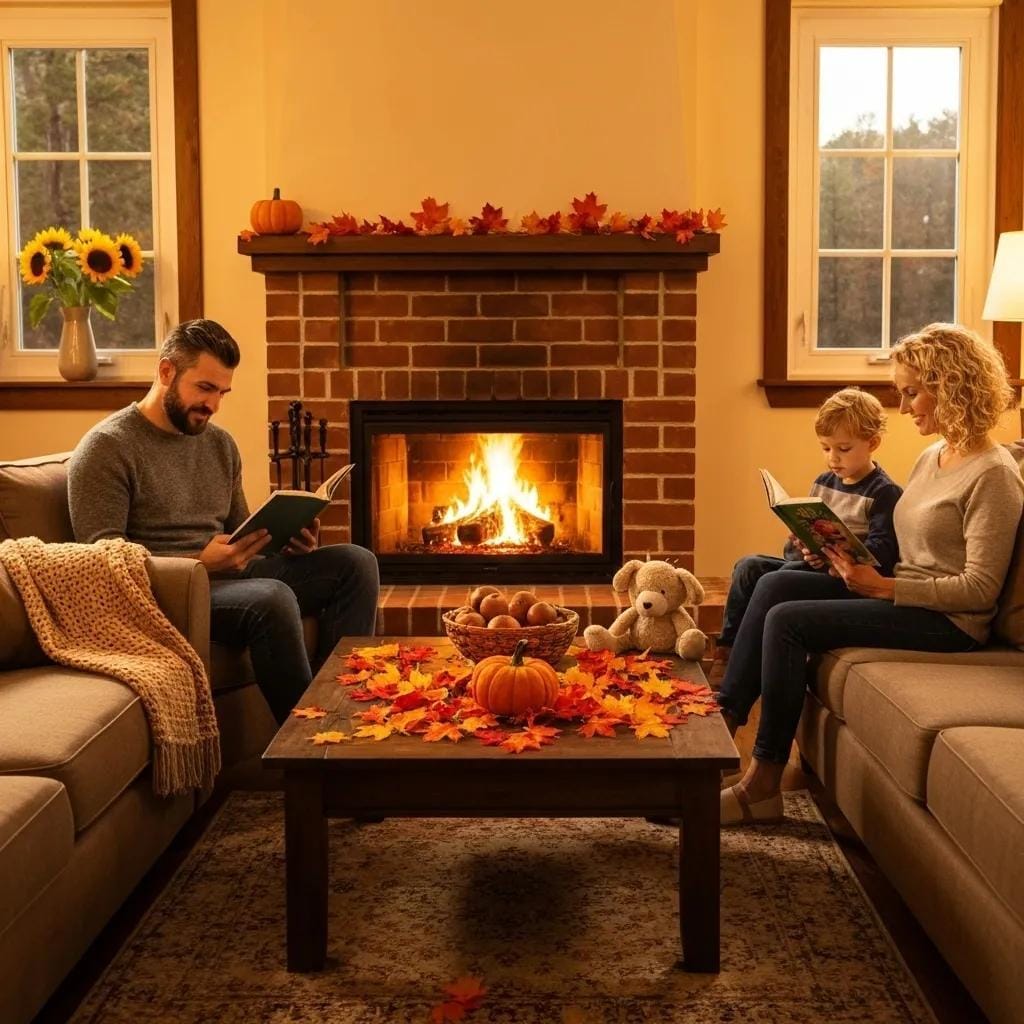Humidity can make or break your comfort at home—especially in Powder Springs, where the weather can swing between muggy summers and damp winters. Too much moisture in the air can lead to mold, allergens, and that sticky feeling nobody enjoys, while too little can cause dry skin, static, and damage to wood furniture. Managing indoor humidity isn’t just about comfort; it’s essential for maintaining a healthy living environment. In this guide, we’ll explore practical humidity control tips tailored to Powder Springs homeowners so you can create a space that feels just right, no matter the season.
Simple Humidity Control Tricks for a More Comfortable Home in Powder Springs
Understanding the Impact of Humidity on Home Comfort
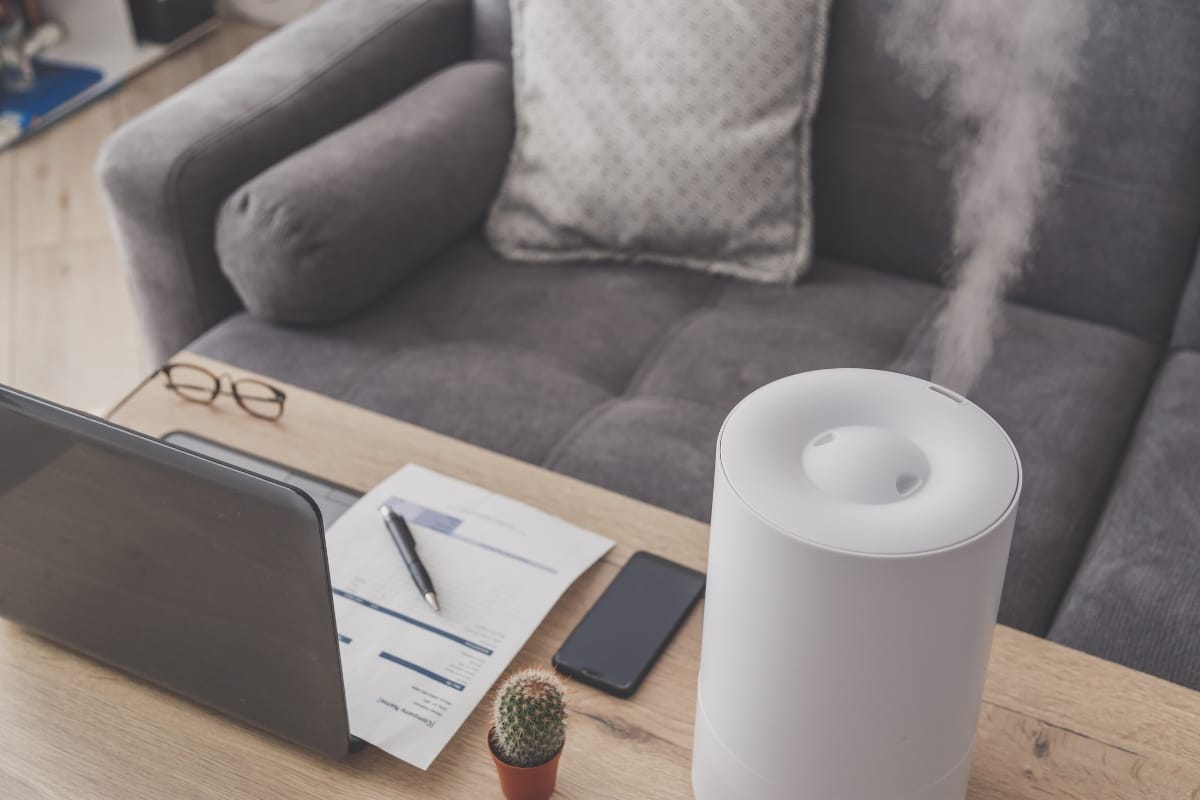
Humidity plays a bigger role in home comfort than many people realize. When the air in your home is too humid, it can feel warmer than it really is. That’s because high moisture levels slow down the body’s natural cooling process—sweating. Instead of evaporating, sweat sticks to your skin, making you feel clammy and uncomfortable even if the thermostat reads a reasonable temperature. On the flip side, air that’s too dry, especially in winter, can lead to dry skin, scratchy throats, irritated sinuses, and even nosebleeds. Static shocks also become more common, which can be frustrating in day-to-day life.
Ideally, indoor humidity should stay between 30 and 50 percent year-round. Staying in this range helps your heating and cooling systems work more efficiently and keeps your home more comfortable.
But comfort isn’t the only concern. Humidity affects your home itself. Too much moisture in the air can cause hardwood floors to swell and warp, furniture joints to loosen, and paint or wallpaper to peel. If the humidity levels swing back and forth, those materials can crack over time. Excess humidity also creates the perfect breeding ground for mold and mildew. These issues often start in places you can’t see, like inside walls, beneath carpets, or inside air ducts. Over time, mold growth can lead to musty odors and even serious health problems, especially for people with asthma or allergies.
Keeping your home’s humidity in check is especially important in a place like Powder Springs, where the climate brings both hot, humid summers and cooler, drier winters. Using a whole-house dehumidifier in the warmer months or a humidifier in winter can make a noticeable difference in both your comfort and your air quality. Regular maintenance of your HVAC system is also key. Clean filters and properly functioning vents help keep moisture levels stable throughout the year.
Signs of Excessive Humidity in Powder Springs Homes
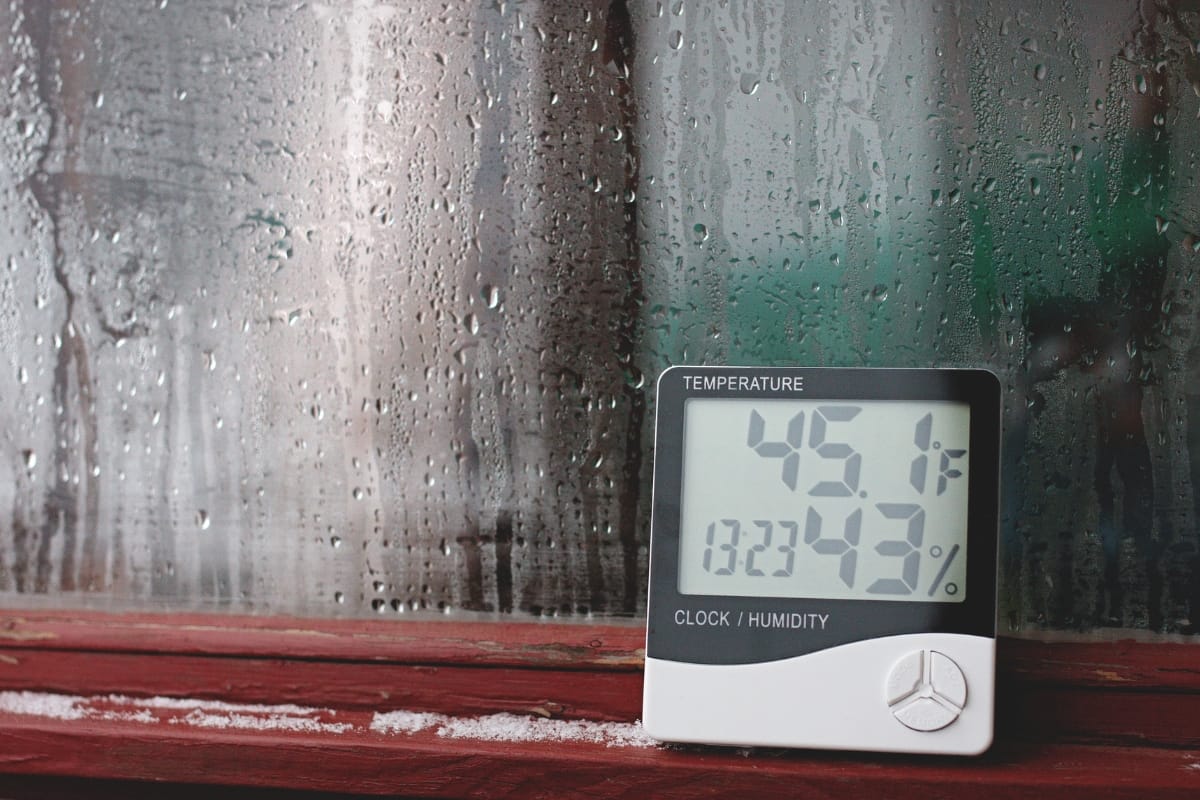
Catching signs of high indoor humidity early can help you avoid damage to your home and health problems for your family. One of the first things to look for is condensation on windows, mirrors, or even walls. When the air inside is too humid, cooler surfaces attract moisture. This shows up as foggy glass, damp windowsills, or water collecting around doors and corners of the room. If this happens often, especially when it’s not cold outside, it’s a sign your humidity is out of balance.
Another clear warning sign is mold or mildew. These usually show up in areas with little airflow, like bathrooms, basements, or behind furniture. You may notice black, green, or gray spots on walls, ceilings, or tile grout. Even if you don’t see visible mold, a musty smell is often a clue that spores are growing somewhere out of sight. Breathing in mold can make allergies or asthma worse, so it’s important to take that smell seriously.
Peeling paint and wallpaper can also signal excess moisture. When humidity levels stay too high for too long, walls absorb moisture and cause paint or paper to bubble and lift. Wood is especially sensitive to changes in moisture. If your trim, doors, or floors start to warp, crack, or buckle, it may not be just age—it could be a sign that your home has been exposed to too much moisture for too long.
High humidity can also make your home feel warmer and stuffier, even when your AC is running. You may notice fabrics staying damp longer, towels feeling musty, or an overall sticky feeling indoors. These day-to-day discomforts are more than just annoyances. Over time, they can wear down your home and affect your well-being.
If you spot any of these signs in your Powder Springs home, it’s worth looking into humidity control options. A dehumidifier, better ventilation, or small HVAC upgrades can make a big difference. Taking action early helps protect your property and ensures a more comfortable, healthier indoor environment.
The Role of Proper Ventilation in Humidity Control
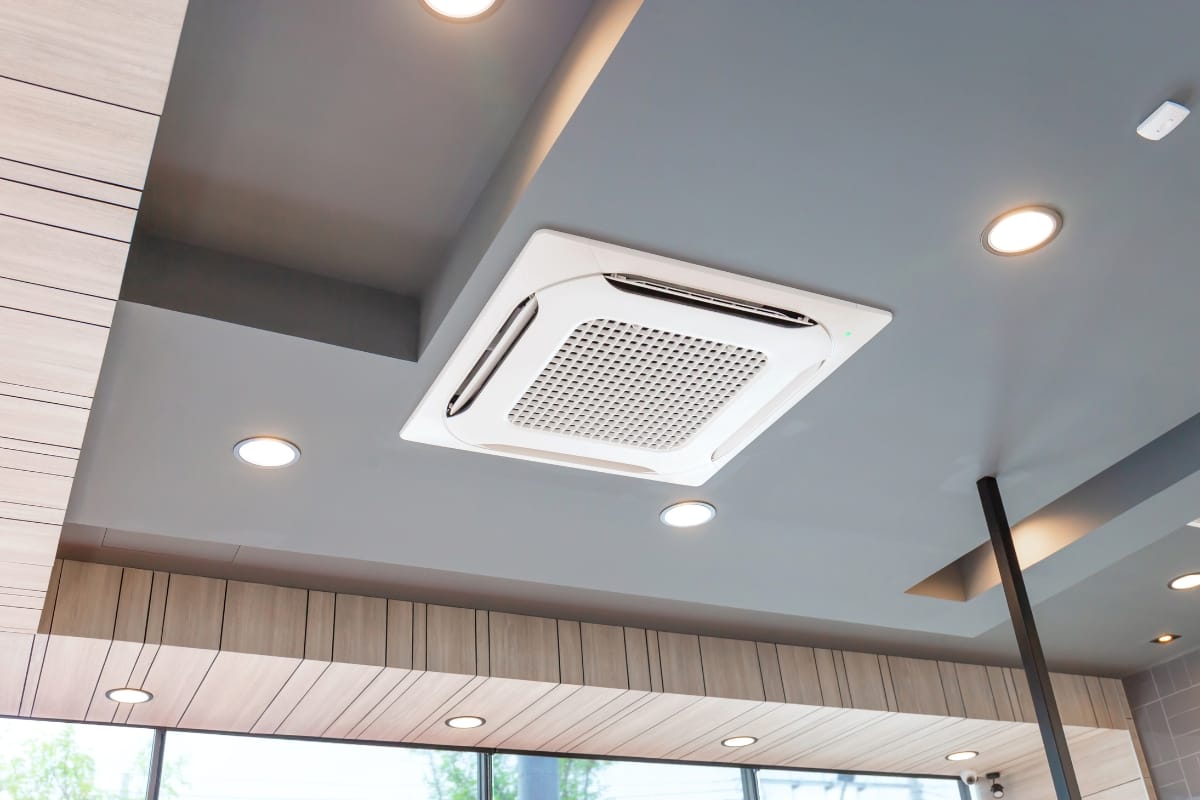
Good ventilation is one of the most important ways to manage indoor humidity. In a place like Powder Springs, where seasonal changes bring both humid summers and damp winters, keeping air moving can make a big difference. When your home traps too much moisture, it can lead to stuffy air, mold growth, and even structural damage over time.
On mild, low-humidity days, simply opening the windows for a few hours can help refresh the air inside and let out excess moisture. But when it’s hot, muggy, or raining, it’s better to rely on mechanical ventilation. Exhaust fans in the kitchen and bathrooms are especially important. They pull out the steam created by cooking, showering, or running appliances like dishwashers and washing machines. Just make sure these fans vent to the outside of your home, not into the attic or crawl space, where moisture can collect and cause problems.
It’s also important to keep these fans clean and in good working order. Dust and grime on the grilles can block airflow and make the fans less effective. For larger homes or homes that stay closed up most of the year, it may be worth looking into a whole-house ventilation system. Options like energy recovery ventilators (ERVs) or heat recovery ventilators (HRVs) can bring in fresh air while holding on to the heating or cooling energy inside your home.
When choosing a system, size and layout matter. A fan that’s too big might be noisy and overdo it, while one that’s too small won’t pull enough moisture out of the air. Focus on the rooms that produce the most humidity, such as bathrooms, kitchens, laundry rooms, and basements. Smart fans or those connected to humidity sensors are another good option. These only turn on when the moisture levels rise, which helps cut down on wasted energy.
Ventilation might not be the most exciting part of home maintenance, but it plays a big role in keeping your home comfortable and dry. With the right setup and a bit of regular upkeep, your home can stay balanced year-round.
Choosing the Right Dehumidifier for Your Home

Finding the right dehumidifier can make a big difference in how comfortable your home feels, especially in a climate like Powder Springs where humidity can become a problem. Dehumidifiers work by pulling in moist air, running it over cool coils to remove the moisture, and then releasing drier air back into the room. But not every dehumidifier is built the same, so choosing the right one depends on your space and your needs.
Start by figuring out the size of the area you want to dehumidify. Smaller spaces like bathrooms or laundry rooms usually do fine with a 20 to 30-pint unit. These models are more compact and easier to move around. For larger areas such as basements, open-concept living rooms, or multi-room zones, you will likely need something rated for 50 to 70 pints or more. If you’re unsure, it’s usually safer to go with the higher capacity unit.
One useful feature to look for is continuous drainage. Instead of emptying the water bucket every day, you can connect a hose to the unit and drain it directly into a sink or floor drain. This is especially helpful for basements or spaces where the dehumidifier runs frequently.
Energy use is another important consideration. Look for models that are ENERGY STAR certified. These use less power without sacrificing performance, which helps you save on your energy bill over time. If you plan to use the unit in a bedroom or living area, make sure to check the noise level. A quieter model—something around 50 decibels or lower—will be much easier to live with.
Many dehumidifiers also come with a built-in humidistat, which lets you set a specific humidity level. The unit will turn on and off as needed to keep your indoor air within that range, usually between 30 and 50 percent. This keeps your home comfortable and prevents over-drying the air, which can cause other issues. With the right dehumidifier, you can reduce moisture, protect your home from mold, and enjoy a more comfortable indoor environment all year long.
Implementing Effective Moisture Absorption Techniques

While dehumidifiers and ventilation systems are often the first line of defense against indoor moisture, passive absorption methods can provide extra support in areas where dampness is a recurring issue. These techniques are especially useful in small or enclosed spaces like closets, cabinets, pantries, or under sinks.
Common moisture absorbers include silica gel, activated charcoal, and calcium chloride. These materials naturally pull moisture from the air and are available in many ready-to-use forms, such as hanging bags, canisters, or disposable tubs. You can also make your own moisture traps by placing the desiccant in breathable containers like mesh bags, old socks, or perforated plastic tubs.
Other household items, like rock salt or unscented cat litter, can also serve as effective low-cost moisture absorbers. Fill open containers or cloth bags with these materials and position them in spots where humidity tends to collect. Replace or recharge these items regularly, especially if you notice signs of moisture buildup such as condensation or musty odors.
Plants can help too, but they require some thought. Certain indoor plants, including Boston ferns, peace lilies, and English ivy, naturally absorb moisture through their leaves. They also help improve indoor air quality, which is an added benefit. Still, it’s important not to overwater them, as soggy soil can do more harm than good by increasing humidity levels instead of reducing them.
To get the most out of these strategies, it helps to combine them. Use a dehumidifier in larger or open spaces and supplement with passive absorbers in tight areas where airflow is limited. If you choose to use indoor plants, place them in well-ventilated rooms and stick to a careful watering schedule.
Effective moisture control isn’t just about comfort—it’s also about protecting your home. Too much indoor humidity can damage walls, floors, and furniture, and it creates an ideal environment for mold growth. By using a mix of active and passive techniques, you can keep humidity levels in check and maintain a healthier living space throughout the year.
Lifestyle Adjustments to Reduce Humidity Levels Indoors
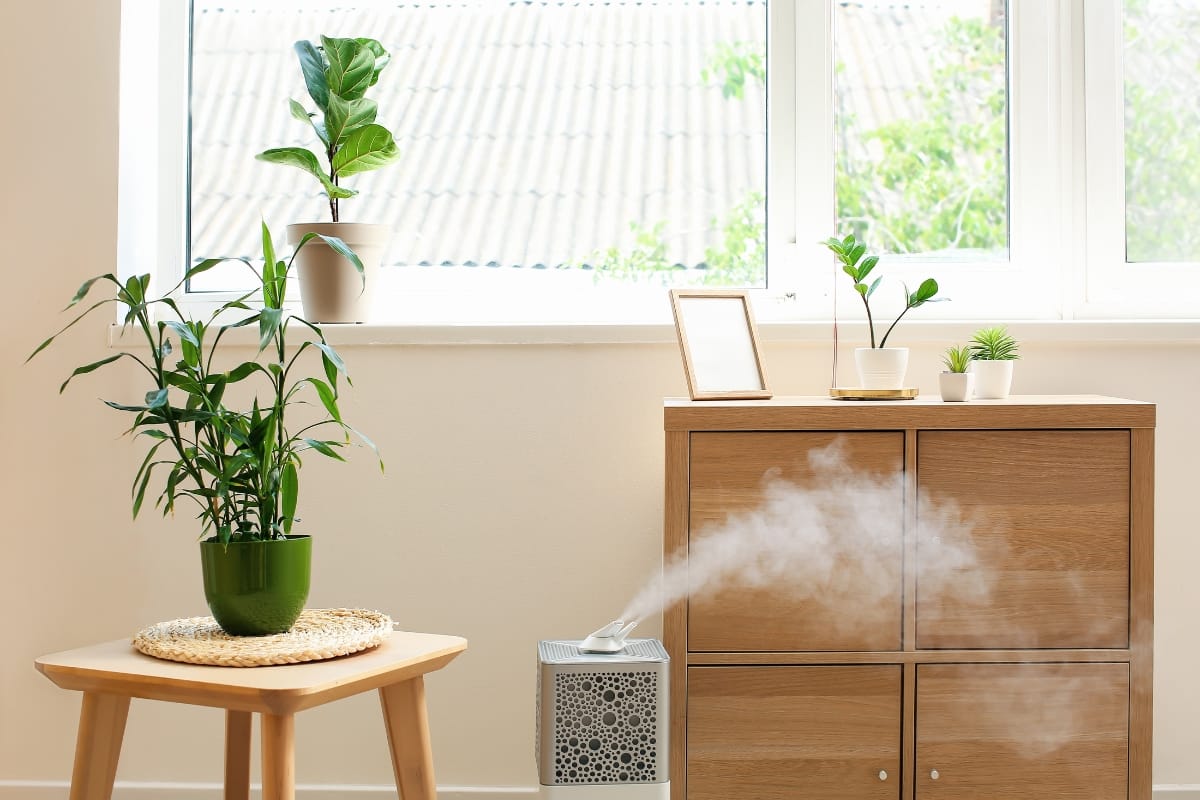
Controlling indoor humidity doesn’t always require expensive upgrades. Often, small changes in daily routines can make a big difference. Cooking, cleaning, and bathing all add moisture to your home, but with a few smart adjustments, you can keep things in balance.
Start in the kitchen. Always use your exhaust fan when cooking, especially if you’re boiling water or frying foods. Keeping lids on pots also helps trap steam. If you use a dishwasher, crack it open slightly after the cycle to let steam escape gradually. Avoid drying laundry indoors when you can. Hanging clothes outside or using a vented dryer will reduce a major source of indoor moisture.
In the bathroom, short showers are better for humidity control. Consider installing a low-flow showerhead to reduce steam. Always run an exhaust fan during and after showers, or open a window to help clear out moist air. Let the fan run for 15 to 20 minutes after bathing to remove lingering humidity. Fix any leaks in sinks, tubs, or toilets as soon as possible. Even a slow drip can raise humidity over time.
Your HVAC system plays a role too. Change air filters regularly to keep airflow strong and efficient. Clogged filters force your system to work harder and may reduce its ability to control moisture. Have your ducts inspected and cleaned if you notice poor air circulation or signs of mold.
Check your home’s envelope for air leaks. Gaps around windows, doors, attic access points, and crawlspaces can let humid air in. Weatherstripping and sealing these areas will keep outdoor moisture from creeping inside, especially during the summer.
These lifestyle tweaks may seem small, but when combined, they help maintain better indoor air quality and comfort. By cutting back on everyday sources of moisture and making your home more resistant to humidity, you reduce the chances of mold, mildew, and damage to furnishings. Over time, these changes can also help your HVAC system work more efficiently, potentially lowering your energy bills. Staying consistent with these habits supports a healthier, more comfortable living space all year long.
Maintaining Optimal Humidity Levels Year-Round
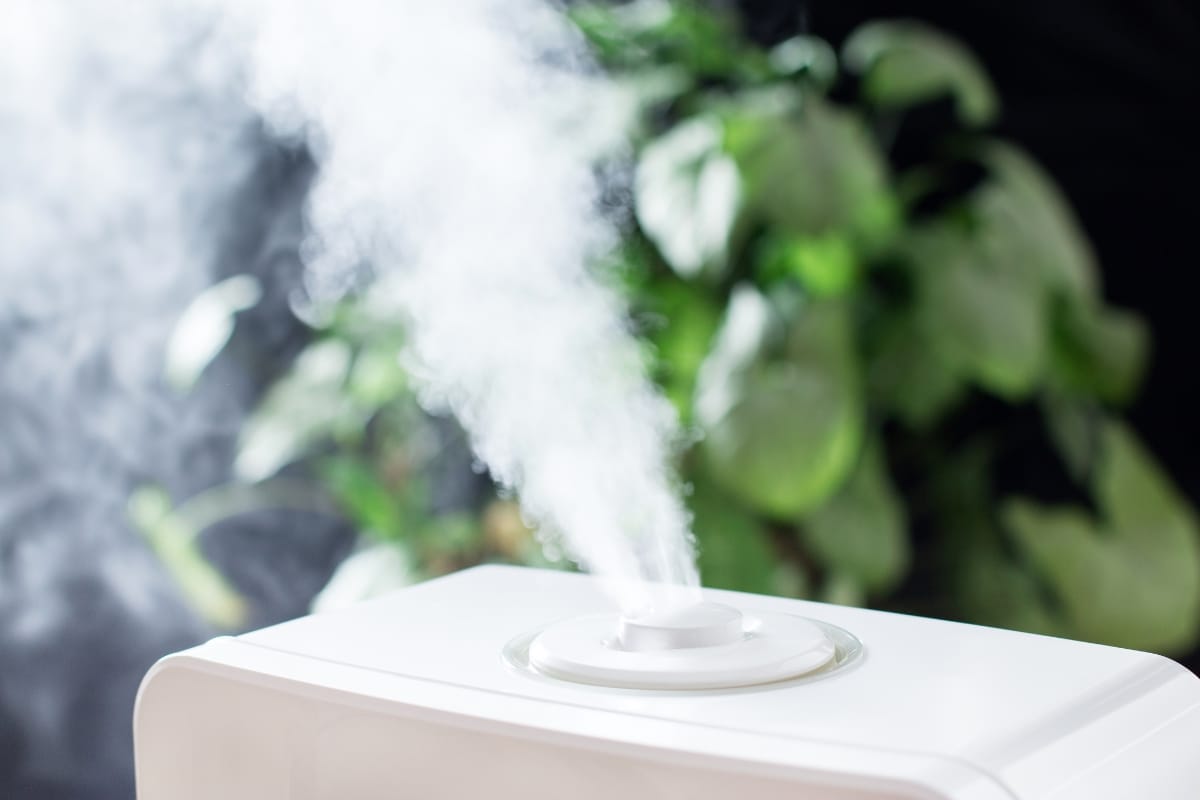
Living in Powder Springs means dealing with both humid summers and damp or dry conditions during the rest of the year. To keep your home comfortable and prevent moisture-related problems, it’s important to adjust your humidity control approach with the seasons.
In the summer, humidity tends to rise quickly. Your first line of defense is air conditioning, which cools the air and removes some moisture at the same time. However, running the AC constantly can drive up energy costs. A good workaround is to run a dehumidifier along with your AC. This allows you to set the thermostat a little higher without sacrificing comfort, since the air will still feel dry and cool. Place dehumidifiers in key areas like basements, living rooms, or bedrooms, depending on where humidity tends to build up.
When winter arrives, indoor air often becomes too dry because heating systems remove moisture as they warm your home. Dry air can cause itchy skin, sore throats, and even damage to wood floors or furniture. In this case, a small humidifier in frequently used rooms can help restore balance. Keep humidity between 30 and 50 percent to avoid issues. Use a digital hygrometer to check your levels a few times a week. Avoid using humidifiers continuously—turn them off when outdoor temperatures drop significantly, as excess moisture can still lead to mold, even in winter.
Spring and fall tend to bring a mix of wet and dry days. During these in-between seasons, take advantage of natural ventilation. Open windows when the weather allows to let fresh air move through the home. Keep portable humidifiers or dehumidifiers nearby and ready to use as needed. This flexible approach helps you respond to quick changes in temperature and moisture.
For added convenience, consider installing a programmable humidistat. These devices can help your HVAC system switch automatically between humidifying and dehumidifying modes. With steady monitoring and small seasonal adjustments, you can maintain a comfortable and healthy indoor environment throughout the year in Powder Springs, no matter what the weather brings.
Combating Humidity-Related Issues in Specific Areas of Your Home

Some areas of your home are more likely to collect moisture and need specific solutions to keep humidity in check. Basements and crawl spaces are common trouble spots. Moisture can seep through the foundation walls or concrete floors, especially after heavy rain. To help prevent this, make sure the ground around your home slopes away from the foundation. Install a dedicated dehumidifier for the basement, and seal any visible cracks in the walls or floor with waterproofing products.
Bathrooms and kitchens deal with daily steam from showers, dishwashers, and cooking. Use high-quality exhaust fans that are vented outside the home—not into the attic. Run the fan during and after use for at least 15 minutes, and wipe down wet surfaces like tiles and mirrors. Keep fan grilles clean to maintain good airflow. In laundry rooms, make sure your dryer is vented to the outside, and consider a small dehumidifier if the space stays damp or smells musty.
Attics often hold in warm, moist air from the lower parts of your house. Over time, this can lead to condensation and even mold under the roof decking. Proper attic ventilation is key. Install or inspect soffit vents and a ridge vent to make sure air can flow freely. Use a fan-driven attic vent if natural airflow is limited.
Closets and storage areas also need attention. These spaces often have poor airflow, and stored items can trap moisture. Use desiccant packs or small moisture absorbers like silica gel on shelves. Avoid placing cardboard boxes directly on concrete or basement floors. In garages, seal the concrete floor with a waterproof coating, and make sure wet cars and tools don’t sit for long periods without drying out. If the garage stays humid, consider using a portable dehumidifier, especially during rainy seasons.
By tailoring your moisture control efforts to each part of the house, you can prevent mold growth, protect your belongings, and maintain a healthier indoor environment overall. Regular checks and a few simple upgrades go a long way in keeping humidity-related problems under control.
Conclusion: Achieving Ideal Humidity Levels for Comfort and Home Preservation
Balancing humidity in your Powder Springs home is essential for both comfort and longevity. By understanding how moisture impacts indoor air, recognizing warning signs, and implementing strategies like proper ventilation, dehumidification, and lifestyle tweaks, you can maintain ideal humidity levels year-round. Regular monitoring, seasonal adjustments, and targeted solutions for problem areas will protect your home’s structure and keep your family healthy. Embrace these humidity control tips to transform your living spaces into the comfortable, damage-free oasis you deserve.
Maintaining the ideal humidity level in your Powder Springs home not only boosts comfort but also protects your furniture, floors, and indoor air quality. With HVAC solutions from CoolPro Heating & Cooling, you’ll enjoy balanced moisture levels year-round. Call us today at 770-694-6232 or fill out our site form and let our experts tailor a humidity control plan that keeps your home comfortable and healthy.

